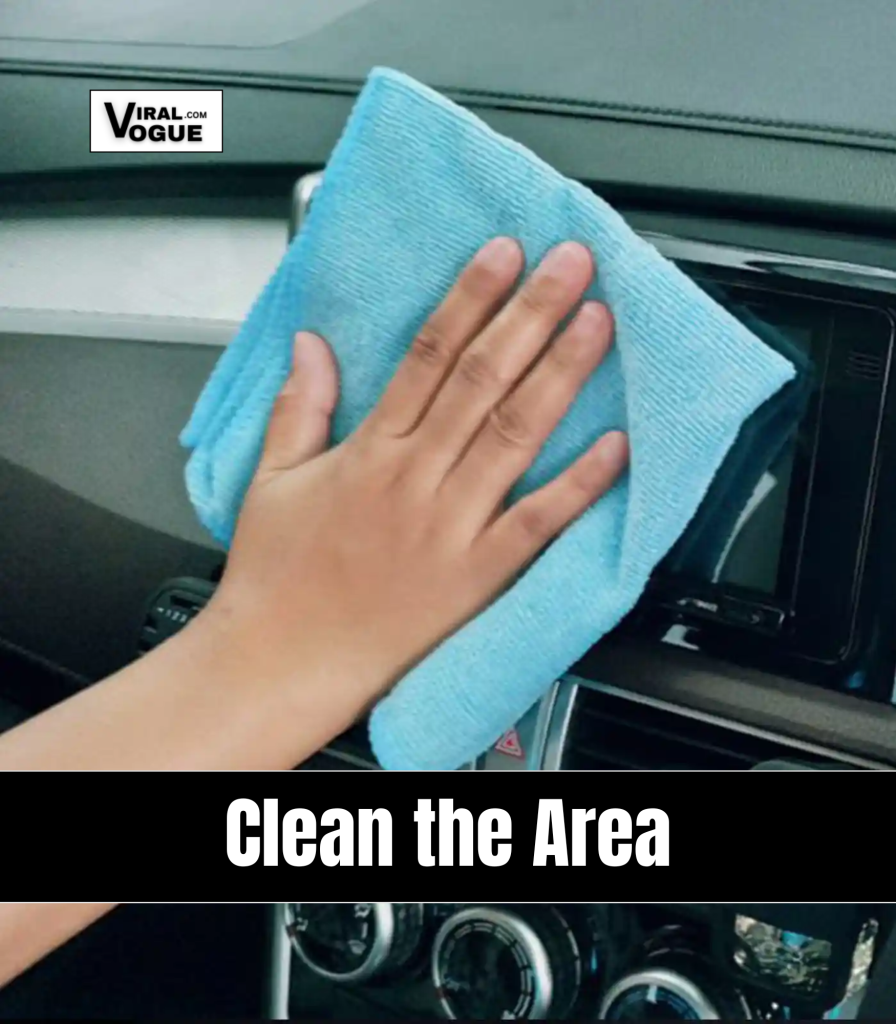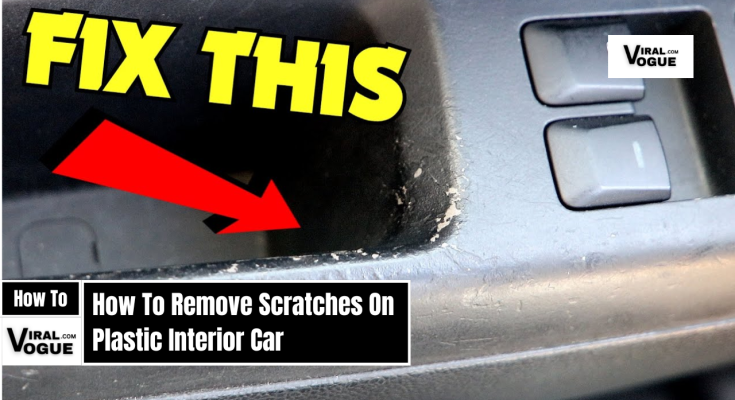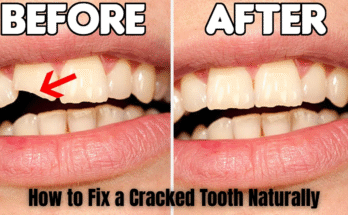How To Remove Scratches On Plastic Interior Car? Scratches on the plastic parts of your car’s interior are common. They can happen from bags, keys, shoes, or just everyday use. The good news is that you can fix many of these scratches at home with a few basic tools and a little time.
How To Remove Scratches On Plastic Interior Car?
In this guide, I’ll show you how to clean up light, medium, and deep scratches using simple methods that work.
Step 1: Check the Scratch
Before you start, take a close look at the scratch.
- If the scratch is very light and smooth, you probably won’t feel it when you run your finger over it.
- If it’s a little deeper, you might feel a small ridge or groove.
- Deep scratches feel rough and may show a different color underneath.
This step will help you decide which method to use.
See Also: How To Remove Wax From Car? 5 Best Ways To Do It Easily
Step 2: Clean the Area
Always start by cleaning the scratched area. Dirt or dust can make the problem worse or scratch the surface more while you work.

What you need:
- A soft cloth (microfiber works best)
- Warm water
- Mild soap (like dish soap)
How to do it:
- Mix a little soap with warm water.
- Dip the cloth in the soapy water and wipe the area.
- Dry the area with a clean cloth.
For Light Scratches: Use Heat or Cleaner
If the scratch is small and doesn’t go deep, you can often fix it by heating the area or using a plastic cleaner.
Option 1: Heat Method
You’ll need:
- A hair dryer or heat gun (set to low)
- A clean cloth
Steps:
- Turn on the hair dryer and hold it a few inches away from the scratch.
- Move it in circles so you don’t overheat one spot.
- Heat the area for 30 to 60 seconds.
- Let it cool for a minute, then gently rub the spot with a cloth.
The heat softens the plastic slightly, and this can help the scratch blend in.
Option 2: Plastic Cleaner
You can also use a cleaner made for plastic or vinyl.
Steps:
- Put a small amount of cleaner on a cloth.
- Rub the area in circles.
- Wipe off any extra cleaner and check the scratch.
- Repeat if needed.
This method works well for scuffs and small marks.
For Deeper Scratches: Sand and Polish

If the scratch is deeper and you can feel it easily, sanding and polishing may help.
You’ll need:
- Sandpaper (800 grit and 2000 grit)
- Plastic polish or rubbing compound
- Plastic restorer (optional)
- Clean microfiber towels
Steps:
- Start with 800 grit sandpaper. Wet it slightly and rub the scratch gently in a circular motion.
- Switch to 2000 grit sandpaper to smooth the surface.
- Wipe away the dust with a damp towel and dry the area.
- Put a small amount of plastic polish or rubbing compound on a cloth.
- Rub it into the area in circles to shine and smooth the surface.
- Use a plastic restorer if needed to bring back the original color.
Test all products on a hidden area first to make sure they don’t damage or stain the plastic.
4 Tips to Prevent New Scratches
Once your interior looks better, you’ll want to keep it that way. Here are a few simple tips:
- Don’t place sharp or heavy items directly on plastic parts.
- Use floor mats and storage bins to protect surfaces.
- Clean your car regularly to remove dirt and grit.
- Apply a plastic protectant once in a while to keep the material soft and less likely to scratch.
Can you get scratches out of plastic car interior?
Yes, you can remove most scratches from a plastic car interior. The method depends on how deep the scratch is.
- For light scratches, cleaning the area and using a heat gun or hair dryer can help the plastic soften and blend the scratch. You can also try using a plastic cleaner or interior conditioner.
- For medium to deep scratches, sanding and polishing works best. Use fine-grit sandpaper (start with 800–1000 grit and finish with 2000 grit) to lightly sand the area. Then, apply a plastic polish or rubbing compound to smooth and shine the surface. A plastic restorer can also help bring back the original color and finish.
These methods work well on hard plastic panels found on dashboards, door panels, consoles, and trim.
How to remove scratches from a plastic car screen?
Plastic car screens (like infotainment displays or protective covers) are more delicate than other interior plastics, so it’s important to be gentle and avoid using anything too abrasive.
Here’s how to remove light scratches from a plastic screen:
You’ll need:
- A microfiber cloth
- Plastic-safe screen polish (such as Meguiar’s PlastX or Novus Plastic Polish)
- Optional: distilled water
Steps:
- Turn off the screen and clean it gently with a microfiber cloth and distilled water to remove dust and smudges.
- Apply a small amount of plastic polish to a clean microfiber cloth.
- Rub the scratched area in small circular motions using light pressure.
- Buff the area with a dry part of the cloth to remove any polish residue.
- Repeat if needed, but avoid rubbing too hard.
Important: Never use glass polish, household cleaners, or rough cloths on a plastic screen — they can make the scratches worse.
Can scratches be removed from plastic?
Yes, many scratches on plastic surfaces can be removed or made much less noticeable. The process depends on the type of plastic and how deep the scratch is.
- Soft plastics (like those on car interiors or toys) respond well to heat, buffing, or plastic polish.
- Hard plastics (like headlights or plastic covers) may require sanding and polishing.
- For very deep gouges, you might need to fill the scratch with a plastic repair compound and then sand and repaint or restore the surface.
Always start with the least aggressive method first and move up if necessary. Test any product or method on a hidden area to avoid damaging the plastic.
How to get scratches out of car interiors?
Getting scratches out of your car interior is possible with the right approach. Follow these general steps based on the scratch depth:
For light scratches:
- Clean the area with soap and water.
- Buff the scratch with a plastic cleaner or use light heat from a hair dryer to soften and blend the plastic.
For deeper scratches:
- Lightly sand the area with fine-grit sandpaper (starting with 800 and finishing with 2000).
- Apply a plastic polish or rubbing compound to remove marks left by sanding.
- Use a plastic restorer to bring back the original shine and color.
Always work slowly and gently. If the scratch is very deep or in a highly visible spot, consider asking a professional detailer for help.




